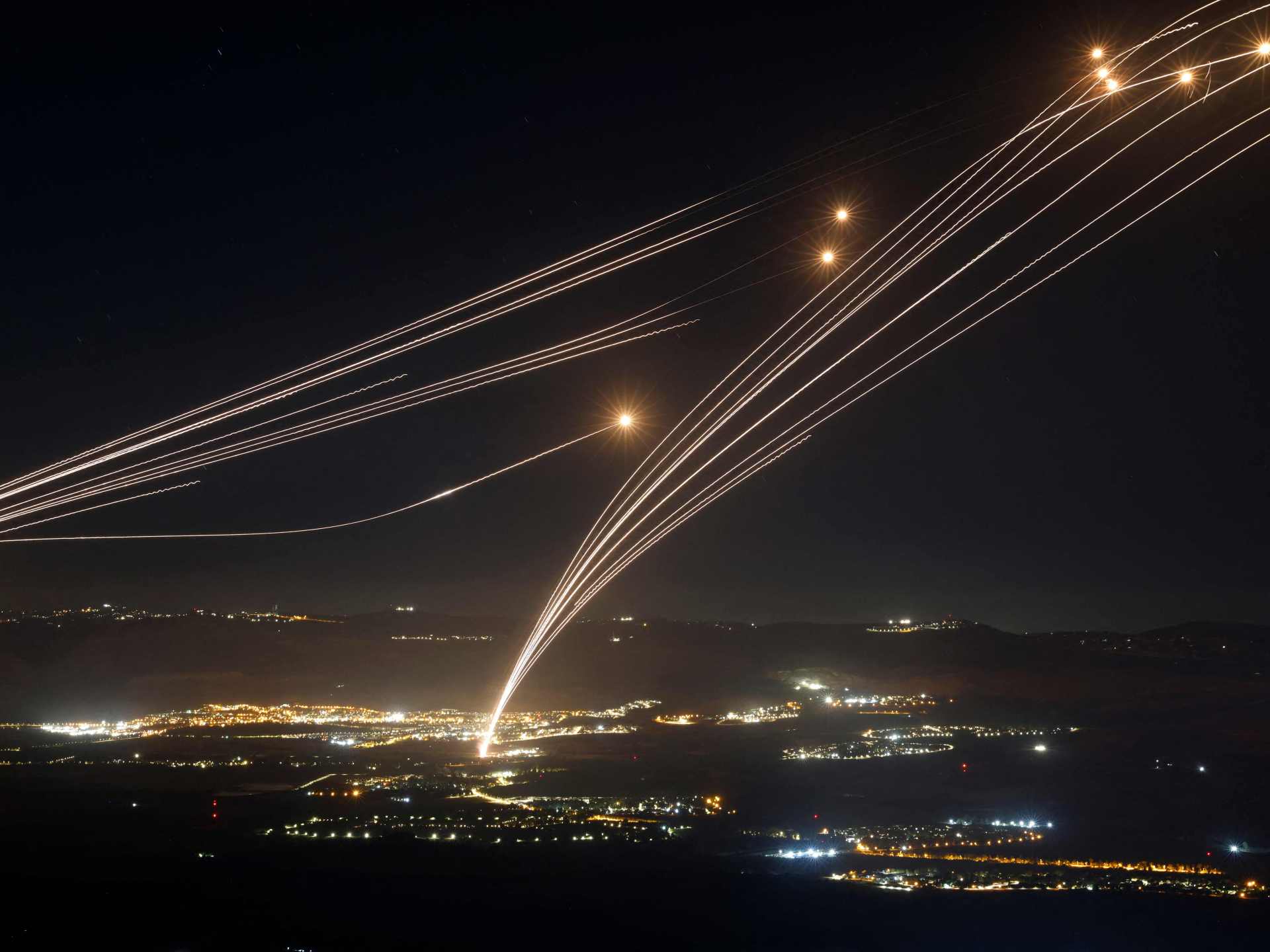The US Army has one of the largest budgets in the world, reaching $1.99 trillion in 2024, according to the US Government Expenditure Portal, which represents a 17% increase over spending last year, which was limited to $916 billion, in addition to being the highest spending in the world by multiples. Regarding second-place China, which spent approximately $296 billion in 2023.
Thanks to this spending, the US Army always has the latest military technologies and weapons compared to competitors who do not come close to it in spending. Although these technologies should be limited to US Army soldiers, the agreements and defense contracts signed by the US Department of Defense make these technologies available to some countries such as Israel and Ukraine.
These decades have made American army technologies widespread and widely used in all recent wars, whether it was the Russian-Ukrainian war or the recent war on Gaza by the occupation army, as well as some slight presence in the rest of the earth, such as Taiwan, Iran, and others.
Below is a collection of the most important American military technologies and products that contributed to shaping recent wars and influencing their outcomes.
Ukraine and long-range ballistic missiles
Ukraine has long wanted to possess the US Army’s tactical missile system, known as ATACMS, because it provides the Ukrainian army with an opportunity to fight without engaging in direct confrontations within the Russian borders or even direct contact with the Russian army, which is vital in the Russian-Ukrainian war. Due to the decline in the numbers of Ukrainian forces after years of fighting.
This system was designed by Lockheed Martin and was used for the first time during the Iraq War in 1990. The height of one missile is approximately 4 meters and its width is 0.60 meters, with a weight of up to 1,632 kilograms and a range of 305 kilometers. The missiles can be directed via a GPS signal ( GPS) in order to hit distant targets.
Last year, former US President Joe Biden hesitated to supply Ukraine with these missiles, because the US stockpile was low. Later that year, he sent a shipment of older missiles to Ukraine, with the only difference between the model sent and the model used by the US military being its range. Last April, a group of reports appeared indicating that Biden sent another shipment of ballistic missiles with greater power and longer range to the Ukrainian president, who did not hesitate to use them directly, as the New York Times reported in its report.

Israeli Iron Dome
The Israeli Iron Dome is perhaps one of the most prominent US Army technologies that has been transferred to foreign countries. It is a system that combines advanced radar devices and high-capacity missiles. The system works to sense incoming missiles and then detonate them before they reach Israeli territory. The concept of Iron Dome is used to refer to a number of different systems used by the Israeli army, such as “David’s Sling” and others.
Although the names of the defensive systems differ, they all share a common source, as they rely on American missiles to blow up targets. The United States has spent $15 billion to supply Israeli systems with missiles whose price ranges between $100,000 and $10 million, depending on the range of the missile. And his ability.
The Israeli Iron Dome and its missiles represent the most prominent military uses of American technologies and its missiles, because they depend entirely on American aid and its missiles, whether short-range or long-range, and it is the most prominent line of defense for the Israeli army.
A submerged Taiwanese defense system against Chinese attacks
The United States fears the scenario of a Chinese invasion of the island of Taiwan because of the prominent technical position that the island enjoys, as it is the primary source of electronic chips and semiconductors, which are the technologies necessary to build all modern technical products and devices, whether civilian or military.
While China has an extensive arsenal of air vehicles, the scenario that America is most concerned about is a naval invasion, because the maritime distance between the two parties is short and Chinese ships can launch without being detected by international monitoring agencies, so the Biden government decided to provide support amounting to $3.3 billion. For the Taiwanese government to develop a group of submarines capable of carrying nuclear missiles, in addition to submarines that can carry regular weapons.
This funding aims to help the government of Taiwan build US submarines and launch them in Taiwanese territorial waters, while purchasing the weapons necessary to equip the submarines and building the final product capable of protecting Taiwan’s borders.
American marches in the grip of Iran
Iran and its allies, such as Hezbollah and others, relied on a group of drones with American technology to attack the occupation army forces. Among these various drones, the “Shahed” model was the most prominent, which is the same model used in the Russian-Ukrainian war.
Iran was able to modify the drone and adapt it for use against Israel, and it was able to launch thousands of drones on various occasions. Although it is similar in guidance to the usual drones, its design is slightly different, as it resembles a small plane, which makes its development inexpensive, in addition to giving it additional speed and the ability to carry ammunition.
These marches are launched from ordinary trucks without the need for special equipment, and they depend directly on the explosion once they reach their final target. In order to confront these marches, the Israeli army needed to use Iron Dome missiles, which cost millions of dollars, while the price of one march does not exceed 40 thousand dollars.
The White House is constantly trying to prevent the Iranian army from accessing this technology, but to no avail, thanks to the strong Russian support for building these drones, the same support that made the Kremlin contribute to building special factories for them.

